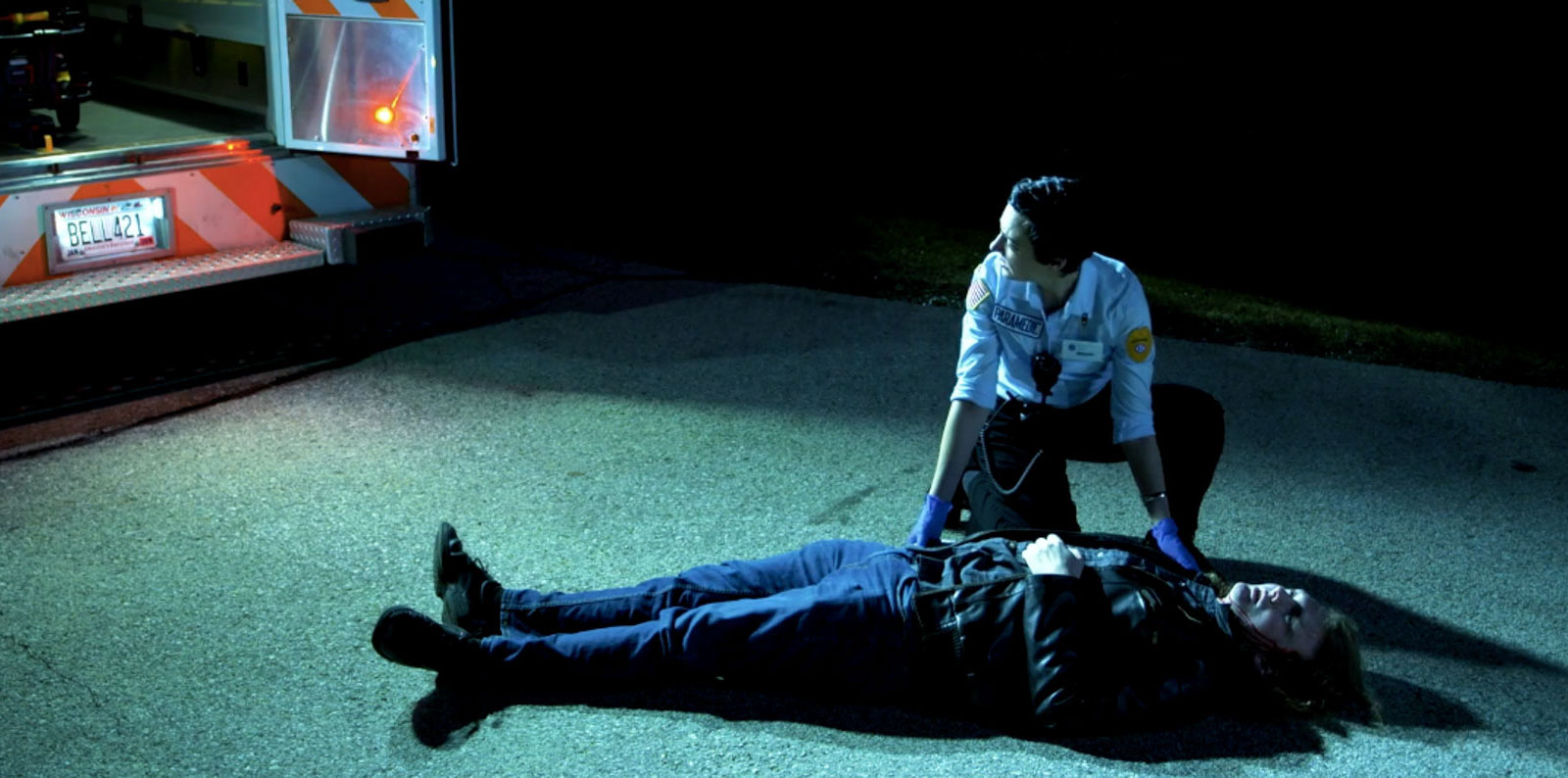Cohabitation (2020): Mystery and Murder

Have you ever thought that your seemingly friendly roommate may be hiding some nefarious secret? What if they could be a murderer? Although there have been numerous short stories and cautionary tales describing this very situation, most are either dated or overtold. However, Cohabitation written and directed by Lauren Barker, revitalizes this cautionary tale.
Emily (played by Tiffany Streng) is a former paramedic who is living her life and working at a flower shop while simultaneously dealing with a case of PTSD. As she’s preparing for her brother’s wedding to her close friend Heather, she moves into a new home. When she struggles to pay rent, she finds a roommate, a woman named Sarah (played by Stephanie Rose Quinnell). Although seemingly pleasant, Sarah has dark intentions that will cause much emotional havoc to both Emily and those she cares most about.

Cohabitation relies on the building of tension and the offset of said tension, much like a crime thriller. My favorite example of this is the scene where Heather goes to warn Emily about Sarah being the murderer. During the scene, the film cuts back and forth between Emily and her family going over wedding preparations and Heather entering Emily’s apartment. This scene and the editing reminds me of popular crime thrillers such as Christopher Nolan’s The Dark Knight, specifically the scene where Joker crashes Harvey Dent’s fundraiser at Bruce’s penthouse. Additionally, the use of musical cues really helps sell home the message of a dire situation escalating into a worse outcome.
However, the film does stumble a bit with its acting. While the actors all give convincing performances, there is a certain level of awkwardness that is present throughout. Although this works for our lead as it helps show how she is traumatized from her failure to save someone as a paramedic, it feels rather out of place for the rest of the cast. I wished that by the end of the film, Emily became more expressive as to signify that she’s begun to move past her trauma. My favorite performance, however, has to be Stephanie Rose Quinnell as the film’s antagonist: Sarah. Quinnell’s performance as the murderous villain was the driving force of the film and even creeped me out at times. What I truly loved was her very subtle yet twitchy movements, dodgy eye contact and slight change of voice whenever she comes into contact with either Heather or Emily.

Speaking of Sarah, however, we as the audience never really understand her motivations as a killer. While we learn her motivation at the end, it feels rather weak and underdeveloped, like there should be more to it then what is actually present. It honestly feels like the motivation is present simply because there is supposed to be a motivation. However, her motives do tie in with the personal demons of Emily and the guilt she feels which helps reinforce the overall conflict of the film.
Despite some blemishes, what Cohabitation does best is showing the effects of PTSD and how it affects people. Emily’s emotional scars are present throughout the film, especially how she shies away from anything pertaining to being a paramedic, including fixing up minor wounds. Not many films address this aspect of PTSD, and I was pleasantly surprised to see Cohabitation do so. Along with strong cinematography, editing and its themes on overcoming trauma, Lauren Barker’s Cohabitation is a solid piece of cinema that not only depicts PTSD in a realistic fashion, but also reinvents the old tale of a roommate with dark intentions.
Co-Written By: Owen Gonzalez








